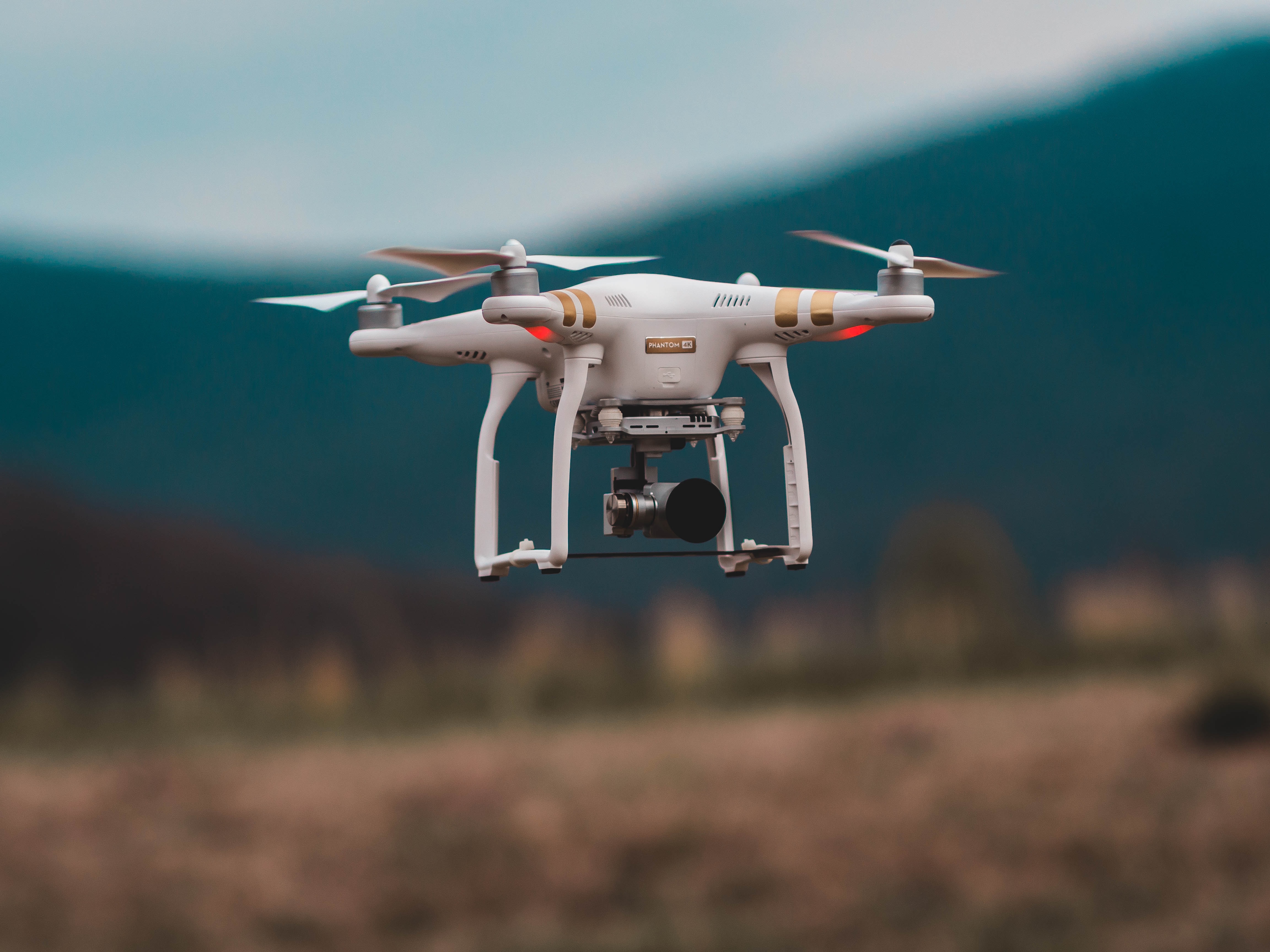Drones are used around the world to maintain public order. They are used to remotely monitor offenders. They also help in search and rescue operations.
The global spending on modern technology for the police only in 2020 is estimated at $13.6 billion. According to analysts, every year this amount will grow by almost 10%. Many countries already use drones, facial recognition systems, and technologies allowing contactless interaction with citizens. Find out how these technologies already help law enforcement agencies and which will soon make an even greater contribution to the fight against crime.
The average annual growth rate of worldwide law enforcement spending on software and equipment is 9.3%. In 2018, funding was estimated at $11.6 billion; for 2020, more than $13.6 billion has already been spent. By 2023, analyst firm Markets and Markets estimates, the budget will increase to $18.1 billion.
The money is spent not only on weapons and protective equipment but also on high-precision facial recognition systems. These are robots that check drivers’ documents, drones, and cyber glasses. Let’s study the market of modern police technologies and found out what already helps security officers to fight crime, and what novelties are on the way.
Robots will communicate with offenders
In the U.S., more than 910 organizations, particularly police and fire departments, use drones that help collect evidence and monitor events from a distance. Law enforcement officers also use gunshot detection systems, automatic license plate readers, and facial recognition software.
For example, the information from drones is transmitted to the onboard computers of patrol cars. It helps control security on the roads, rallies, as well as quickly track criminals after the incident.
The police widely use the inspection robotic complex. Outwardly, it looks like a radio-controlled toy that is actually able to independently get to the crime scene, film everything that is happening around it at 360 degrees and transmit data to the police.
Meanwhile, in the U.S., a mechanical engineer from the SRI International Research Institute in California has designed a robot that helps police officers avoid potential conflicts with motorists.
The robot can scan the driver’s documents and issue a fine, and to prevent him from driving away, it deploys a bar with spikes under the wheels of the car. The policeman may not have to leave the car in order not to put himself at risk. So far, the novelty is being tested.
How to predict crimes in Great Britain
British police have an assistant system at their disposal. It will help law enforcement officers predict serious violent crimes using artificial intelligence technology.
The National Data Analysis Solution (NDAS) uses a combination of AI and statistics. The system evaluates more than 1,400 characteristics to find “would-be” criminals. AI algorithms calculate a person at risk and estimate the likelihood of them committing a crime with a weapon. Potential “criminals” will not be arrested for future violations: they will be offered psychological assistance and support from medical or social workers to prevent dangerous acts.

In India, the startup Staqu is also developing a number of assistive technologies for law enforcement, such as ABHED (Artificial Intelligence Based Human Efface Detection), an application for fingerprint analysis, facial and voice recognition.
Jarvis video analysis technology is also being created. It helps prison staff monitor inmates and prevent potentially dangerous situations.
Pine, a platform for processing and analyzing big data, is also being developed. It uses linguistic processing technology and image-based search to find people, build relationships between events, and predict crimes.
Another development by Indian scientists is AI-powered smart glasses that will help police recognize potential criminals in real-time. They are equipped with cameras that take pictures of people and check them against the database of criminals. If a match is found, the information is displayed on a built-in projector.
Artificial intelligence not only helps predict offenses but also systematizes them. So, the new development is able to analyze data that comes from ordinary citizens who report offenses. Artificial intelligence has analyzed more than 4,4 million appeals. Thus the computer is able to learn itself. It helps it to find patterns in the received information, sort it and draw conclusions. So, the system can divide calls into 40 categories. These include fires, car accidents, thefts, and domestic accidents.
Drones to Fight Crime
Just 10 years ago, drones were rare, but today they are ubiquitous. In the U.S., more than 900 organizations are already using them to track events remotely. Drones help police and firefighters monitor incidents from a distance without putting the lives of officers at risk.
In the past year alone, drones have saved 279 lives around the world. And that figure may be an understatement since only documented incidents were included in the statistics. A lot of other incidents may simply not have been mentioned in the media. So drones have become indispensable assistants today.
Drones are used around the world to maintain public order. They are used to remotely monitor offenders. They also help in search and rescue operations.
In the U.S. drones are already connected to systems that remotely detect gunshots and explosions. They are used for automatic face identification and license plate recognition.


Join the conversation!